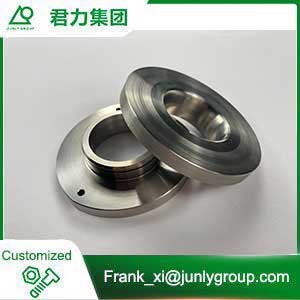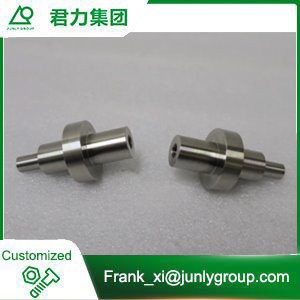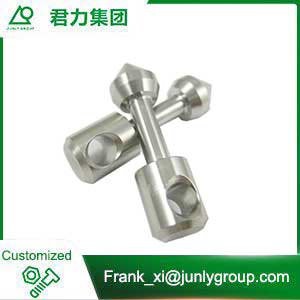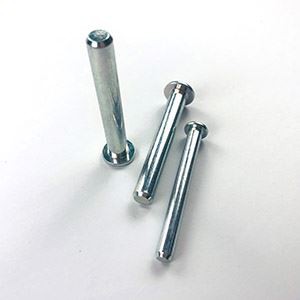Related Industry Knowledge
The difference between Double End Stud Bolt and ordinary bolts
Oct 15, 2023 View: 623
Double end stud bolts and ordinary bolts serve different purposes and have distinct characteristics.
A double end stud bolt, also known as a threaded rod or stud, is a fastener with threads on both ends and an unthreaded portion in the middle. It is designed to be screwed into a tapped hole on one end while the other end receives a nut to secure the joint. This type of bolt is commonly used in applications where a strong, permanent connection is required, such as in structural steelwork, machinery, and construction projects. Double end stud bolts provide excellent tensile strength and can withstand heavy loads.
On the other hand, ordinary bolts, also referred to as hex bolts or machine bolts, have threads on one end and a head on the other. They are typically used to join two or more components together by passing through pre-drilled holes. Ordinary bolts are commonly used in a wide range of applications, including automotive, furniture assembly, and general construction. They come in various lengths, diameters, and materials to suit different requirements.
One key difference between double end stud bolts and ordinary bolts is their installation and removal process. Double end stud bolts require threading into a tapped hole on one end, while ordinary bolts are inserted through pre-drilled holes and secured with a nut. This difference affects the ease of installation and the ability to disassemble the connection if needed.
Another distinction is the load-bearing capacity. Double end stud bolts, due to their design, can handle higher tensile loads since they are fully threaded and provide a continuous connection. Ordinary bolts, while still capable of withstanding substantial forces, may not have the same level of strength as double end stud bolts.
Double end stud bolts are used for permanent connections requiring high tensile strength, while ordinary bolts are versatile fasteners used in a variety of applications. The choice between the two depends on the specific requirements of the project and the level of strength and permanence needed for the joint.
You Might Also Like
Send Inquiry





